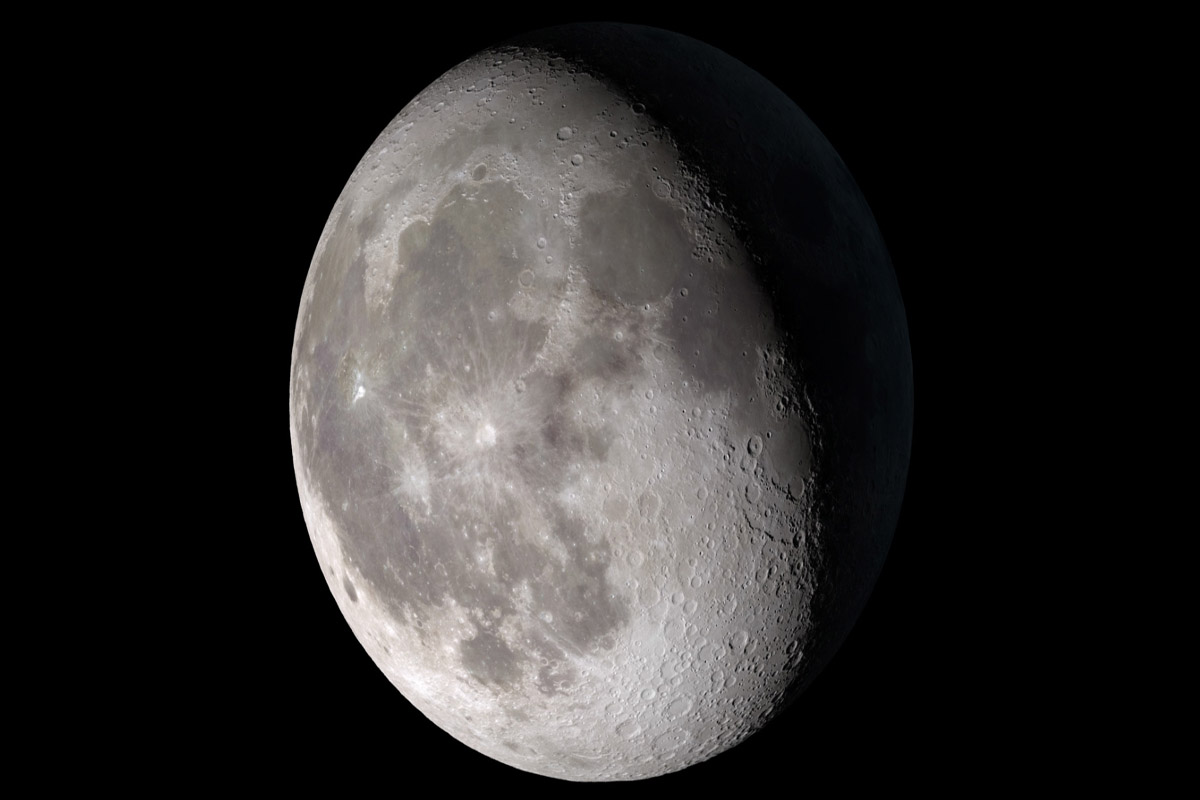Skygazers living in the Northern Hemisphere are in for a treat as the last full Moon of the winter 2022, also known as Worm Moon, will shine bright on Friday.
The full Moon of March will reach its peak on Friday, just two days before the arrival of spring in the Northern Hemisphere, Space.com reported. There are a plethora of other possible monikers in the US, among them the Storm or Hunger Moon, according to Almanac.com.
Advertisement
While the Moon will reach its peak at 3.18 a.m. EDT (12.48 p.m. IST) on Friday, it will still look approximately full till Saturday morning, according to NASA. With the spring equinox coming on Sunday (March 20), this is the last full moon of winter this year, the report said.
Equinox comes from the Latin words equi, which means “equal” and nox, which means “night”. The astronomical event is caused by Earth’s tilt on its axis and its motion in orbit around the Sun.
The phenomenon — the spring and fall equinoxes — happens twice in Earth’s year-long trip around the Sun.
While on these days, the Sun shines almost equally on the Northern and Southern hemispheres, the rest of the year it shines unevenly over the two regions. That’s because Earth’s axis is tilted with respect to the Sun-Earth plane.
Spring twilight at the North Pole begins a few weeks before the vernal, or spring, equinox in March, when the Sun rises above the horizon again, NASA said.











